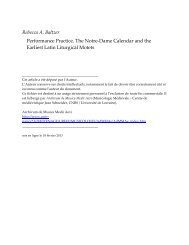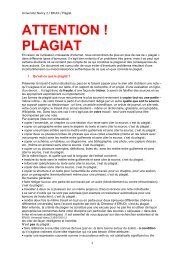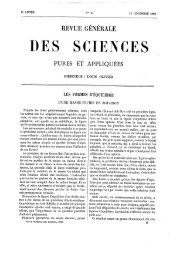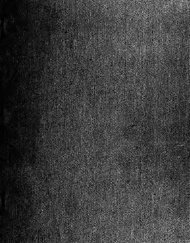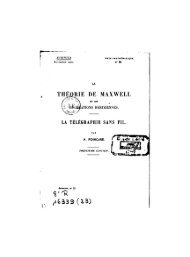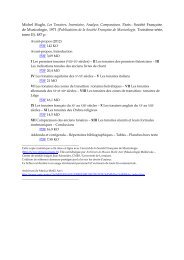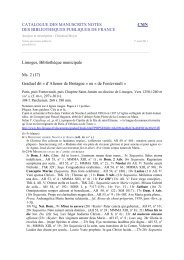You also want an ePaper? Increase the reach of your titles
YUMPU automatically turns print PDFs into web optimized ePapers that Google loves.
Translations of Beowulf<br />
23_(12U<br />
compare the failures and successes of the two approaches as well as<br />
the respective merits of the four translators.<br />
For the purposes of comparison, we have selected the passage<br />
describing Grendel's approach to Heorot (lines 702b-736a). 8 This<br />
much-admired piece (Chickering calls it "one of the finest passages in<br />
Old English poetry") 9 provides a good test of translation practice<br />
because, having been extensively praised and commented upon, it<br />
poses challenges of which translators are necessarily aware. 10 We shall<br />
as possible, confining oneself to the linguistic and intellectual structure of the<br />
original."<br />
6 . Stanley B. Greenfield (trans.), A Readable Beowulf: The Old English Epic<br />
Newly Translated, Carbondale, Illinois: Southern Illinois University Press,<br />
1982. Greenfield's translation contains no authorial statement, but his<br />
intention to provide readers with recreation is proclaimed in his title.<br />
7 . David Wright (trans.), Beowulf: A Prose Translation with an Introduction,<br />
Harmondsworth: Penguin, 1957. Wright defines his goal as translator as the<br />
transmission of the story; for him, the Old English poetic style is a distraction:<br />
"It has been my aim not to distract the reader's attention from the story that is<br />
presented by the poet of Beowulf by attempting to recreate his allusive use of<br />
language. The Anglo-Saxon scop was able to employ a highly formalized and<br />
artificial diction because his audience was trained and accustomed to that kind<br />
of idiom. But his translator must remember that he is a writer of contemporary<br />
English prose competing with other writers of contemporary English prose for<br />
the attention of his readers" (pp. 24-25).<br />
8 . See the Appendix for the original Old English text and the four translations.<br />
9 . Howell D. Chickering, Beowulf: A Dual Language Edition, Garden City, New<br />
York: Anchor Books, 1997, p. 306.<br />
10 . See in particular Adeline Courtney Bartlett, The Larger Rhetorical Patterns in<br />
Anglo-Saxon Poetry, New York: Columbia University Press, 1935, p. 50;<br />
A.G. Brodeur, The Art of Beowulf, Berkeley: University of California Press,<br />
1959, pp. 88-92; Stanley B. Greenfield, "Grendel's Approach to Heorot:<br />
Syntax and Poetry", in : Robert P. Creed (ed.), Old English Poetry: Fifteen<br />
Essays, Providence: Brown University Press, 1967, pp. 275-84; Alain Renoir,<br />
"Point of View and Design for Terror in Beowulf ", Neuphilologische<br />
Mitteilungen, 63 (1962), pp. 154-67.




